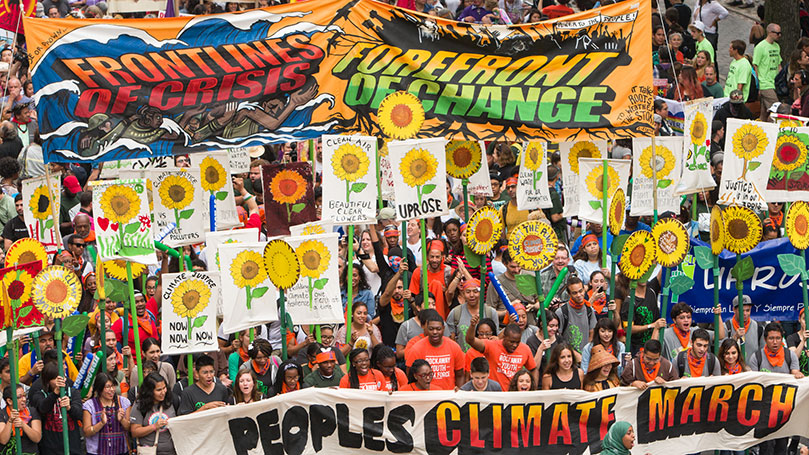
Lessons from a Connecticut river valley
Smoke billowed up from the water to the bridge. It wrapped around me and my car. Was the river on fire? Was this some modern version of Dante’s inferno?
There were related experiences, but it took a while to put the pieces together. My grade school students sampled the river. We could find only one fish. It was clearly distressed. Despite our best efforts, we watched sadly as this other being’s life faded away.
My chemistry students took samples from the same Naugatuck River in Connecticut. They found heavy metals such as nickel, copper, lead and other elements used in plating. Those metals were molten. They hit the river and killed other beings, just as when the commodities produced hit people in war zones. Pieces of a puzzle, although scattered about, were there.
It was the 1960s. A high school chum was killed in the U.S. War in Vietnam. The military draft would engulf young adults throughout our country. Over fifty thousand would die there.
Millions of Vietnamese were killed during the war. Later, more would be deformed and die from the defoliant agent orange. Wildlife died, their habitat destroyed. Attack the environment and expose people to evermore lethal weapons. More pieces to the same puzzle, but where did they fit?
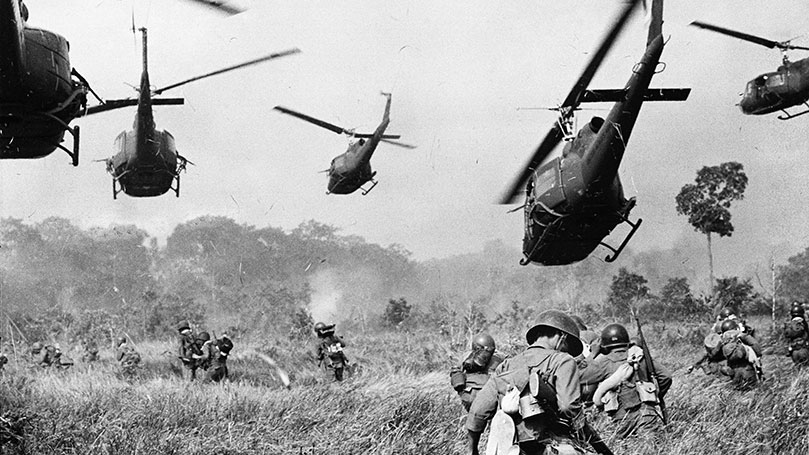
Agent orange, as well as napalm, were made by Dow Chemical Co. When students protested the company’s presence on a university campus, they were beaten by cops. The defense of profits by the government was emerging out of the fog of war. More pieces.
Some Vietnamese fled their country. Many, who collaborated with the U.S. Military, streamed into the U.S.A. Some would settle in Torrington, CT, along the same Naugatuck River.
In an even crueler twist of history, some refugees would eventually toil for the Torrington Co. They made aluminum products. One was the key ingredient to making daisy cutter bombs.
Daisy cutters cleared trees, wildlife, and people in circular killing fields in Vietnam. These cruel weapons were part of the war profiting puzzle.
Earth Days happened. In 1971, a sail boat, chock full of peace and environmental activists, headed to Amchitka island, along the Aleutian chain off Alaska. They were attempting to stop a bomb test there. It would be the birth of the organization called Greenpeace.
Do we need a team of greens and peace advocates to occupy the Willow area of the North Slope of Alaska?
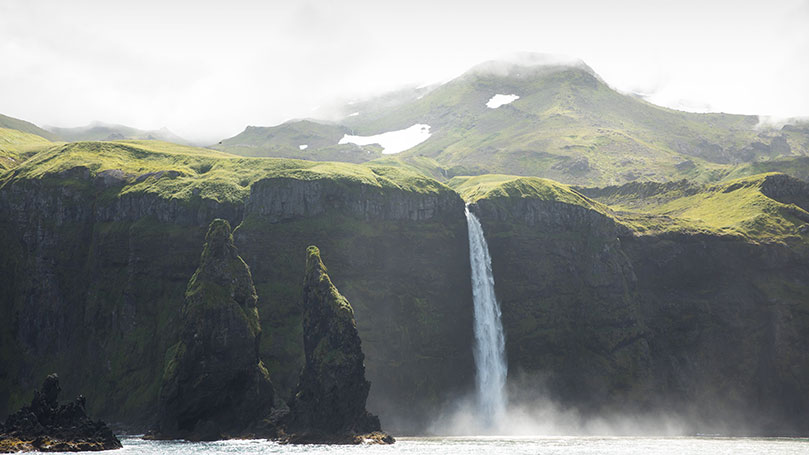
The Alaska National Wildlife Refuge (ANWR), one of the last intact ecosystems of its size in the world, is “next door” to the Willow area targeted by ConocoPhillips. Three species of bears, wolverines, muskoxen, caribou, and a vast diversity of birds reside in ANWR. Wildlife roam. The whiff of oil profits also made the Biden Administration nix on its “no drilling on federal lands” pledge.
But that is getting ahead of the story and early completing the puzzle.
The river flowed through the lives of thousands of working-class families in the Naugatuck Valley of Connecticut. My parents worked in those metal shops. Aunts worked in the giant rubber shop in the town lining the banks of the river and bearing the river’s native namesake.
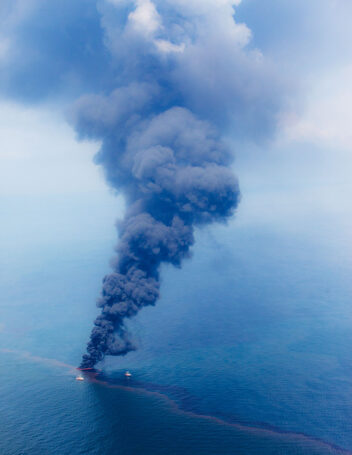 It was an economic river. At the same time, those metal and rubber commodities were integral to the U.S. war machine, while killing all life in the river. Profits flowed.
It was an economic river. At the same time, those metal and rubber commodities were integral to the U.S. war machine, while killing all life in the river. Profits flowed.
News of tin, tungsten, antimony, oil, faraway markets, and cheap labor in South East Asia trickled back to the grassroots. The organization, Science for the People, helped expose the economic roots of war and the toll on the environment.
By 1968, 1969, and 1971, huge marches against the U.S. War in Vietnam surged into Washington D.C. Names of hometown youth would be chiseled into war monuments dotting the Naugatuck River.
Eventually, Victor Perlo’s Marines in Santo Domingo, followed by his The Vietnam Profiteers, would help complete the puzzle. Young people learned a new word — imperialism.
We were getting ready for Lenin’s classic Imperialism – The Highest Stage of Capitalism.
Now another piece of the puzzle looms large. Fossil fuels, and both the profits and the military pursuit to secure them, are scorching the planet, just as pollutants killed the Naugatuck River. The Willow fossil fuel proposal by ConocoPhillips is projected to spew out carbons and profits for 30 years. It’s a carbon and climate change bomb.
The Plume and Atwood factory, Thomaston, CT, whose fiery metals killed all beings in its range and engulfed me in its smoky entrails, is gone. Most industries, including The Torrington Co., are gone. While with different names, the military-industrial-financial complex remains. Monopoly, with its concentration of capital, continues, and the fascist danger rises.
In Connecticut, it’s Raytheon in Hartford. It’s Lockheed Martin in Stratford. It’s GE building nuclear submarines in New London. Nineteen billion dollars from the Department of Defense poured into CT in 2019.
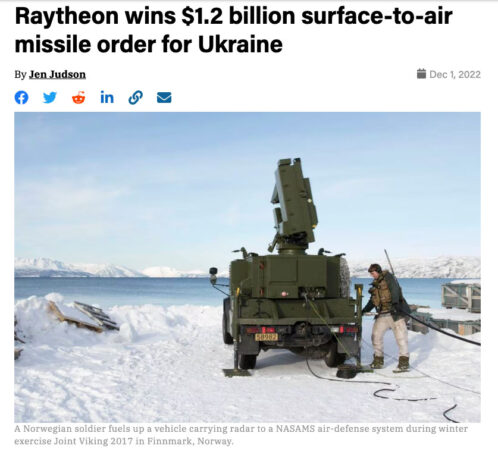 The killing of the environment and its twin, war partner remain. Now it’s Ukraine. Europe’s methane market and profits are part of the imperialist prize. A river of war and climate refugees follow in its aftermath.
The killing of the environment and its twin, war partner remain. Now it’s Ukraine. Europe’s methane market and profits are part of the imperialist prize. A river of war and climate refugees follow in its aftermath.
The Willow area, and its vast diversity of other beings, is in the crosshairs of the Biden Administration. Just as with the U.S. War in Vietnam, it’s state monopoly capitalism that feeds the imperialist wars. The U.S. Department of Defense is “the single largest institutional fossil fuel user in the world.”
Media is another link in the chain of monopoly’s concentration of capital, and too many politicians are cheerleaders of the war, earth-scorching machine.
When will it end?
When the pieces of the puzzle are connected by our diverse, working-class and all-people’s front. When environmentalists get on the peace train. Which piece will you help with?
Images: Peoples Climate March by 350.org (CC BY-NC-SA 2.0); Vietnam War 1965 Trực thăng Mỹ bắn yểm trợ cho bộ binh Nam VN tấn công một trại của VC ở 18 dặm phía bắc Tây Ninh gần biên giới Cam Bốt — Hovering U.S. Army helicopters pour machine-gun fire into the tree line to cover the advance of South Vietnamese ground troops as they attack a Viet Cong camp eighteen miles north of Tay Ninh, near the Cambodian border, March 1965 (AP Photo/Horst Faas) by manhhai (CC BY-NC 2.0); Alaska Maritime National Wildlife Refuge by Alaska Region U.S. Fish & Wildlife Service (public domain); Dirty South – BP Oil Spill – Gulf of Mexico by kris krüg (CC BY-NC-SA 2.0); Screenshot of DefenseNews article headline


 Join Now
Join Now